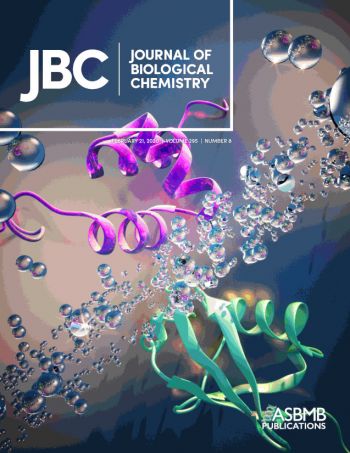21 Feb 2020 - Bremm group reports: Deubiquitinases (DUBs) are regulated by hydroxylation.
DUBs are vital for the regulation of ubiquitin signals, and both their catalytic activity and their target selection needs to be tightly controlled. As reported in today’s issue of the Journal of Biological Chemistry, the group of Anja Bremm identified asparagine hydroxylation as a novel post-translational modification involved in the regulation of the DUB Cezanne. Cezanne controls essential cellular functions and signaling pathways. The team demonstrated for the first time that the predicted ubiquitin-binding domain (UBD) in Cezanne is functionally active and interacts with ubiquitin in a unique manner. At the same time, they discovered a novel regulatory mechanism: Hydroxylation within this domain inhibits ubiquitin binding and therefore may affect Cezanne’s ability to bind specific target proteins via its UBD. Hydroxylation is carried out by FIH1 (factor inhibiting HIF1), which is a key regulator of the cellular oxygen sensing machinery, and the reaction is dependent on oxygen levels.
This raises the exciting hypothesis that cellular oxygen levels determine the activity of the UBD and thus may regulate Cezanne function. Whilst asparagine hydroxylation has long been established as a powerful tool for regulating protein interactions, very little has been known about its role in the ubiquitin system. The results reported by Anja’s group therefore add an important piece to the puzzle. The publication was top-rated and is featured as the Editors’ Pick, highlighting the impact on the field.
The cover image was designed by Ella Maru Studio and shows an artistic interpretation of the inhibition of ubiquitin (turquoise) binding to the ubiquitin-binding domain in Cezanne (magenta) by oxygen-dependent hydroxylation.
